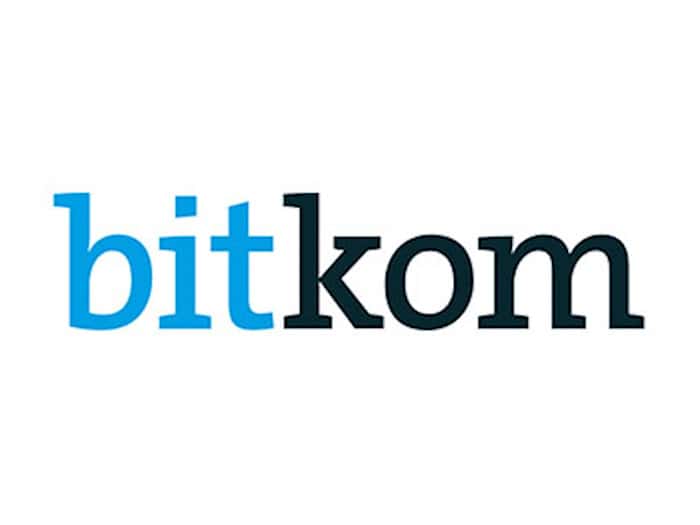
Overall, fax usage is thus at least slowly declining: 82% of companies still faxed in 2023. In 2022 it was still 88%, in 2020 92% and in 2018 even 95%. Intensive fax use is also declining: in 2018, the proportion of those who sent faxes frequently or very frequently was around twice as high as this year at 49%. “Although fax use in German companies has been declining for years, the change is taking place surprisingly slowly – especially when you consider that more convenient and secure methods have long been available,” says Daniil Heinze, Head of Digital Business Processes at Bitkom.
The reasons: Communication with authorities, security, habit
The reasons why companies are still sticking with fax are manifold. 56 percent of companies that still fax state that it is essential when communicating with authorities. 43 percent fax because it is more secure than post and 35 percent continue to do so because they have well-functioning and established fax processes. In each case, 27 percent fax out of habit or because they usually need proof of delivery. Heinze: “Alternatives to fax include digital signatures, the EDI standard or special e-mail formats, which also offer legally compliant proof of delivery. For these more efficient and secure alternatives to replace long-established fax processes, there needs to be a willingness on all sides to question existing solutions and acquire new digital know-how.”
25 percent of companies that fax do so to meet the requirements of their customers. 10 percent fax to meet legal requirements. 7 percent use fax because they believe it is more secure than digital communication and 6 percent use fax as a backup if digital systems fail. Heinze: “Especially when it comes to encrypting data, digital channels have a lot to offer over traditional fax. Digital fax machines combine this and transmit the data with special fax protocols via the Internet instead of the original telephone lines. Compared to a standard email, the digital fax often offers an automatic confirmation of receipt, is less susceptible to forgery and is also suitable for legally secure communication.”
Despite digital fax: In most companies, it still arrives as a hard copy
72 percent of companies that fax use this modern fax standard, where the fax is sent and received as an email, for example. A quarter (24 percent) even use it exclusively. In contrast, 18 percent of faxing companies only use the older standard, where the fax is still sent in the traditional way by printout. Overall, 66 percent of faxing companies (also) rely on the older standard.
Methodological note
The data is based on a survey conducted by Bitkom Research on behalf of the digital association Bitkom. To this end, 604 companies in Germany with 20 or more employees were surveyed by telephone. The survey took place in the period from week 1 to week 6 2024. The survey is representative. The questions were: “How often is fax currently used in your company?”; “For which of the following reasons are documents faxed in your company?” and “What types of faxing do you use in your company?”.
– – – – – –
Further links
👉 www.bitkom.org
Photo: pixabay




